Description
Uraninite has a hardness of 5 – 6 and a specific gravity of 10.63 – 10.95, while Soddyite has a hardness of 3 – 4 and a specific gravity of 4.63 – 4.70. While Uraninite is obviously named after its 88% Uranium content, Soddyite was named in honor of Frederick Soddy, a physicist and radiochemist who received the 1921 Nobel Prize in chemistry for his work on radioactive decay and isotopes.
While Uraninite is found in maybe 600 localities within Colorado, roughly 1,500 other localities within the US, and possibly as many as 4,000 worldwide, the Ruggles Mine is widely known as it’s one of the most famous for Uraninite, and it’s for that reason that this particular specimen has made its way to ColoRockCo awaiting its arrival to coming home with you.
At the Ruggles Mine in particular, the Uraninite found there is often also associated with Gummite, Zircon, Vandendriesscheite, Microcline, Uranophane, Parauranophane, Autunite, Schoepite, Phosphuranylite, and of course, Soddyite.
According to WebMineral, Soddyite is made of roughly 71% Uranium, 24% Oxygen, 4% Silicon, and a trace of Hydrogen, and Uraninite is mostly Uranium and 11% Oxygen, and element collectors can find cheaper Uraninite specimens, but those looking to collect the periodic table in its entirety will likely develop the desire to collect a Uraninite specimen from the Ruggles Mine sooner or later!
The Ruggles Mine is famous for some quite hot rocks, as well as for the dozens of references and scores of studies published over the centuries. According to Mindat, it was the first commercial mica quarry in the US, often cited as first operating over 221 years ago! Additionally from Mindat, the Ruggles Mine is in “Granite pegmatite. Grafton field. Hosted by muscovite-sillimanite-staurolite schist. Located on Isinglass Mountain. Mined for feldspar beginning in 1912, and later for beryl as well. Feldspar mining was intermittent and was active in the mid-1960s, ending by about 1969.
Noted for its excellent vista views and steep dumps with tunnels and galleries into the granite pegmatite. Collecting is permitted after paying a fee ($25 per adult in 2011).
The earliest discovery of the famous gummite specimens from this locality was announced by Benjamin Shaub in 1936: ‘Recent work in mining for feldspar at the Ruggles’ pegmatite has exposed numerous uranium-bearing … minerals.’ The very first specimens were apparently collected by Ray and Alvin Schortmann who lived not far from Ben Shaub in Northampton, MA. The abundance of gummite was one of the factors which influenced the Schortmann brothers to start a mineral business, beginning about 1938, that lasted for about 25 years.
As of June 2022, the property was listed for sale, (but according to facebook, the) Ruggles Mine is under new ownership as of Wednesday, July 19th, 2023. The giftshop and the museum have been completely ransacked and destroyed before the mine recently changed hands.”



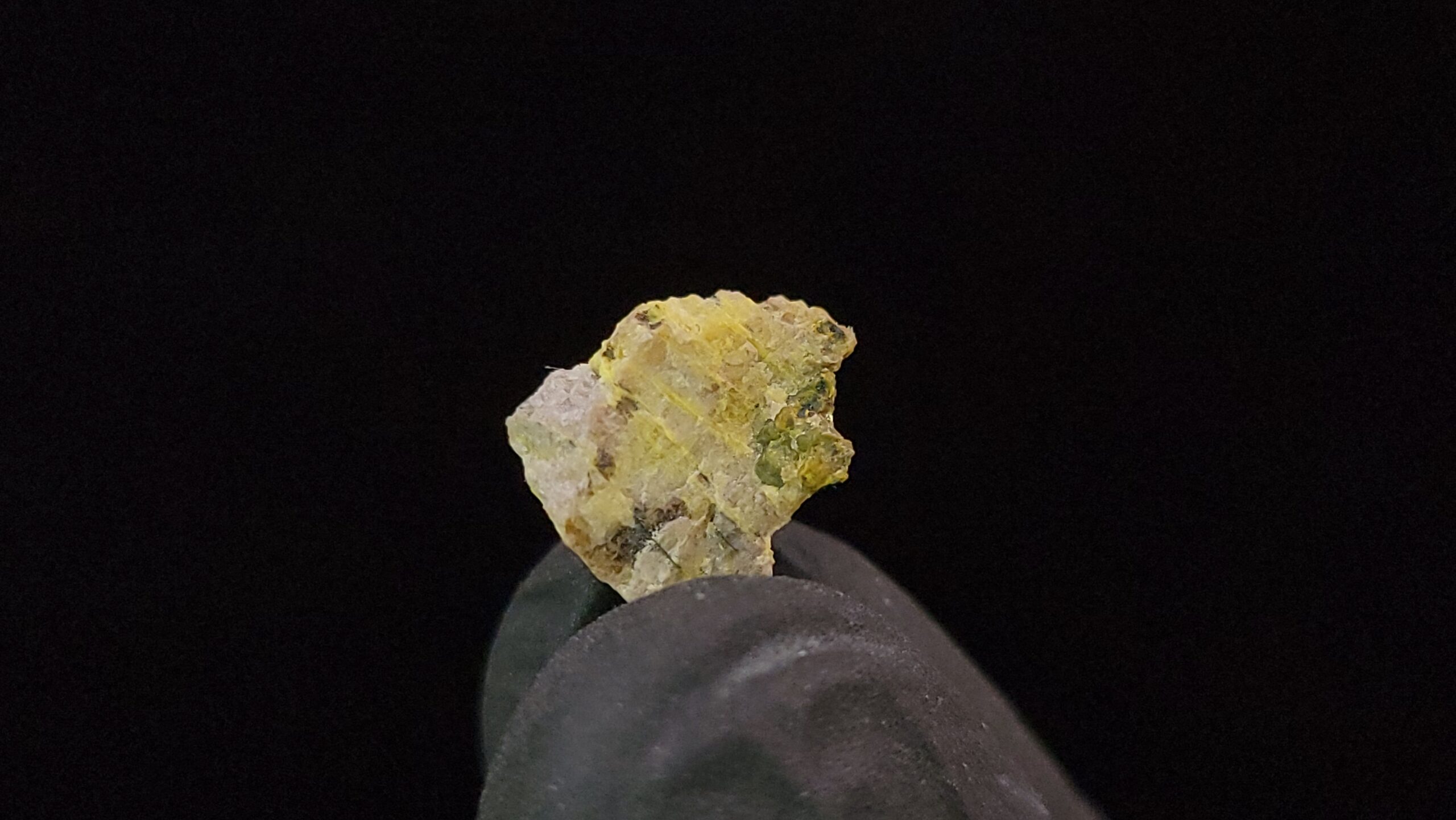
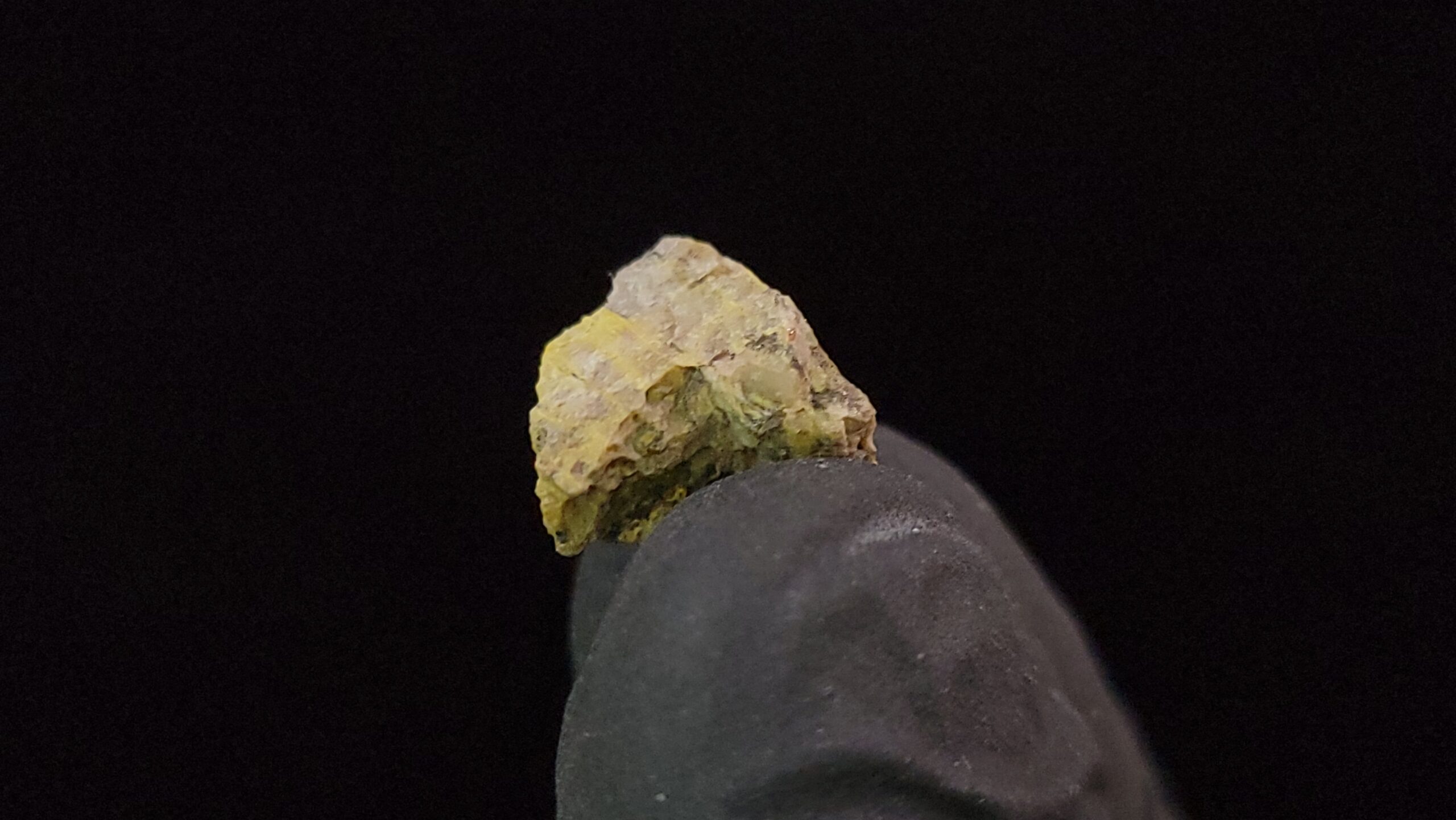
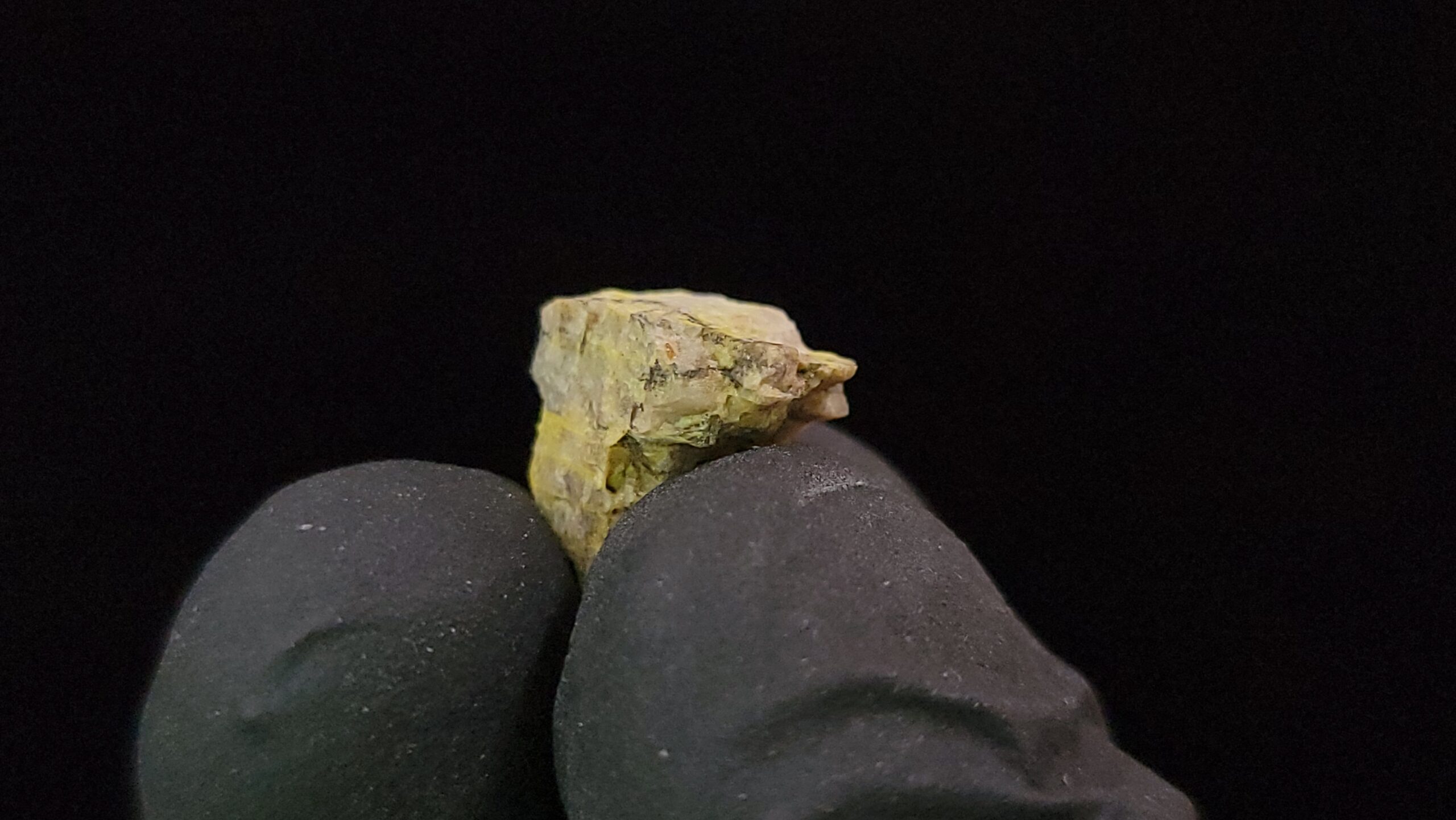

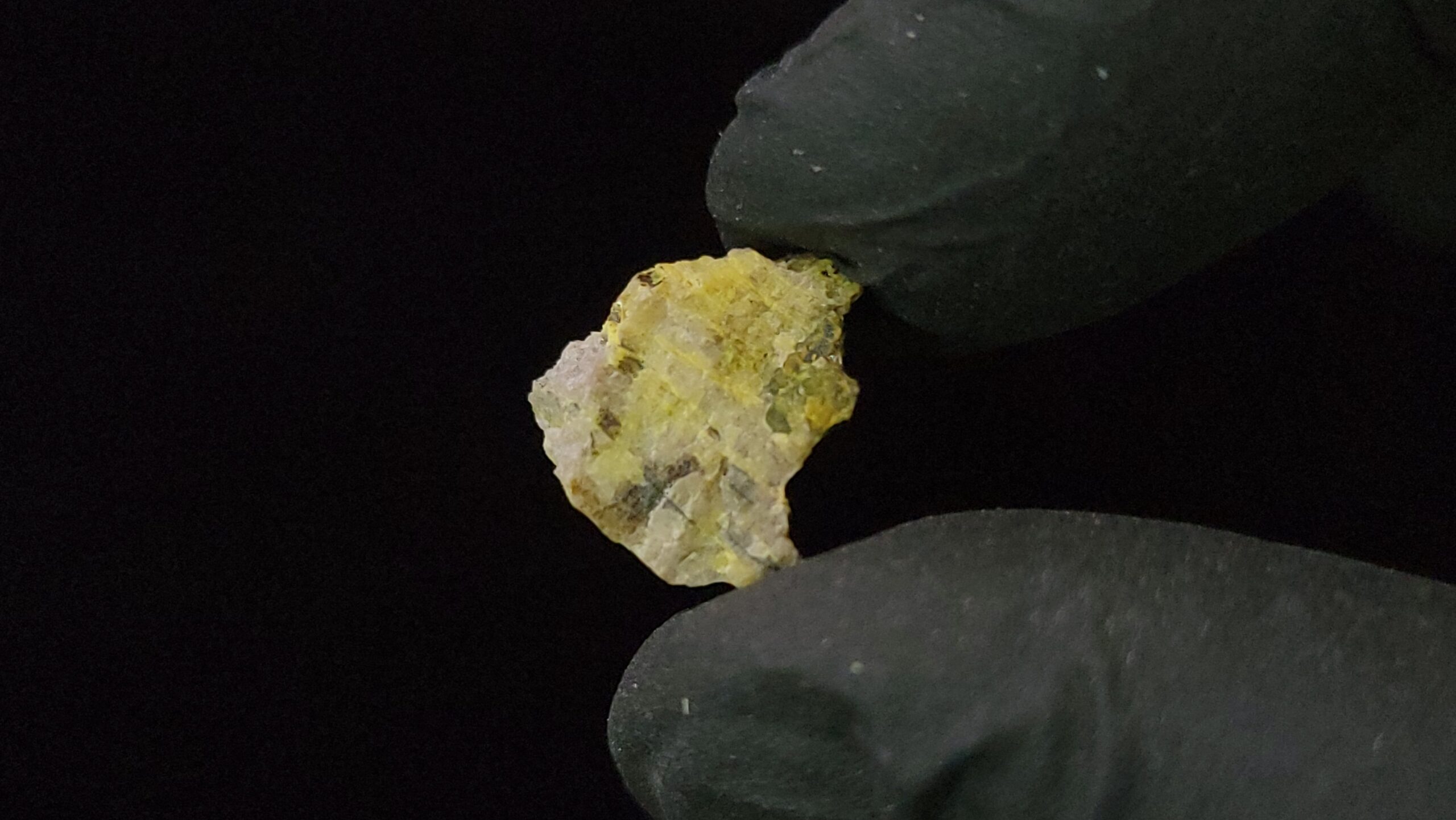
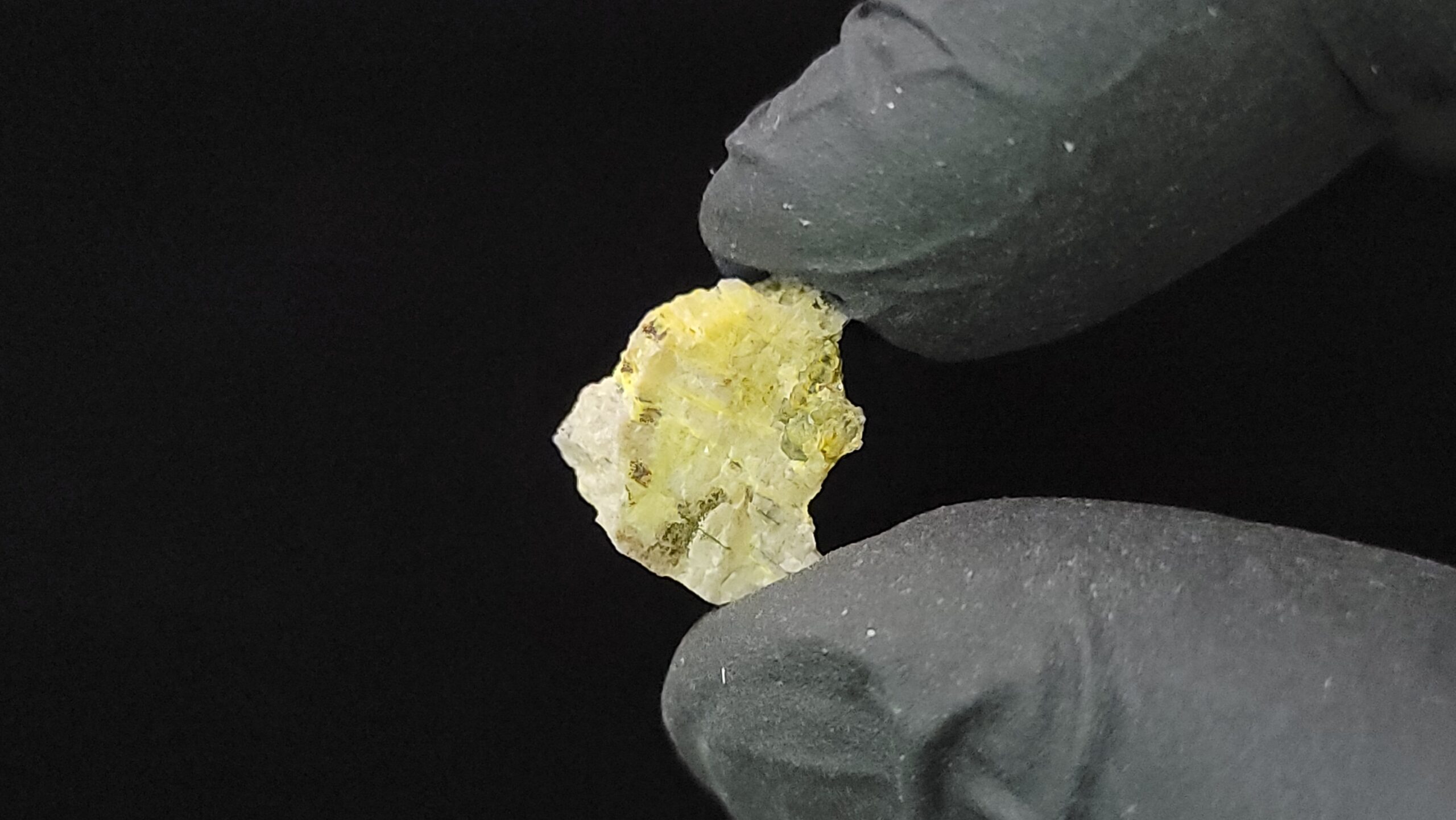

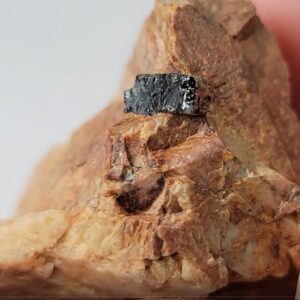
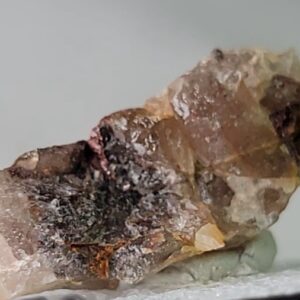


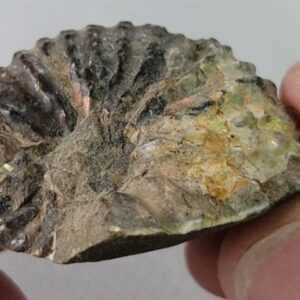
Reviews
There are no reviews yet.